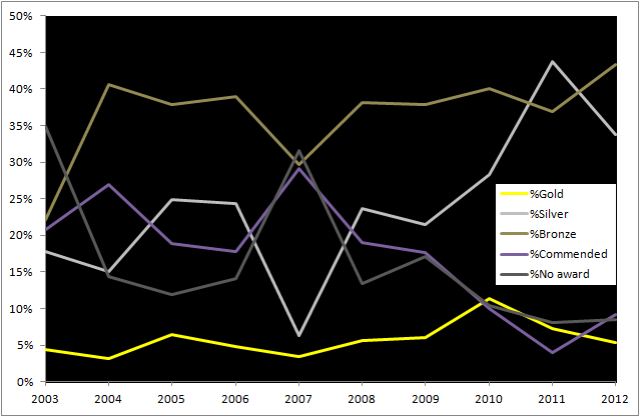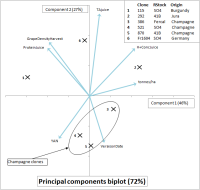The recent news from the Office of Fair Trading (OFT) may well be great news for those producing and selling English Wine. In particular look at their associated “text of principles“.
The news, coming towards the end of last year, slipped over me at the time. I had assumed the supermarkets would just navigate around the OFT’s announcements to deliver business as usual: confusing signage and further feeding of the consumer addiction to the buzz of questionable “on promotion” buying, whilst squeezing producers to support lower prices and promotions. However, last week I talked with a friend of mine who runs a division in a major UK supermarket. He told me the OFT guidance will make a real difference to the way supermarkets price and promote, with immediate impact on internal policies for the big players.
So what differences can be expected? Certainly there is likely to be a ratcheting down in the BOGOF and “X% off” type signage. With 70% of wines sold in the UK on promotion, might there be some changes to that market too? One view is that the consumer will suffer since average prices will rise, though I’m unsure whether consumers will find average shop-basket prices changing much. But for small wine producers (e.g. English Wine) and independent wine retailers, the re-focus in a consumer’s mind on quality-and-authenticity of a product rather than price-and-volume has got to be good. For such players who lack the scale to offer volume-led promotions, it looks like the playing field should start to become a little more level.


 A recent post in the excellent New Yorker outlines how
A recent post in the excellent New Yorker outlines how 
 It’s interesting to see some numbers too, comparing the awards in 2012 to the longer term average (2003-2012 inclusive):
It’s interesting to see some numbers too, comparing the awards in 2012 to the longer term average (2003-2012 inclusive):






